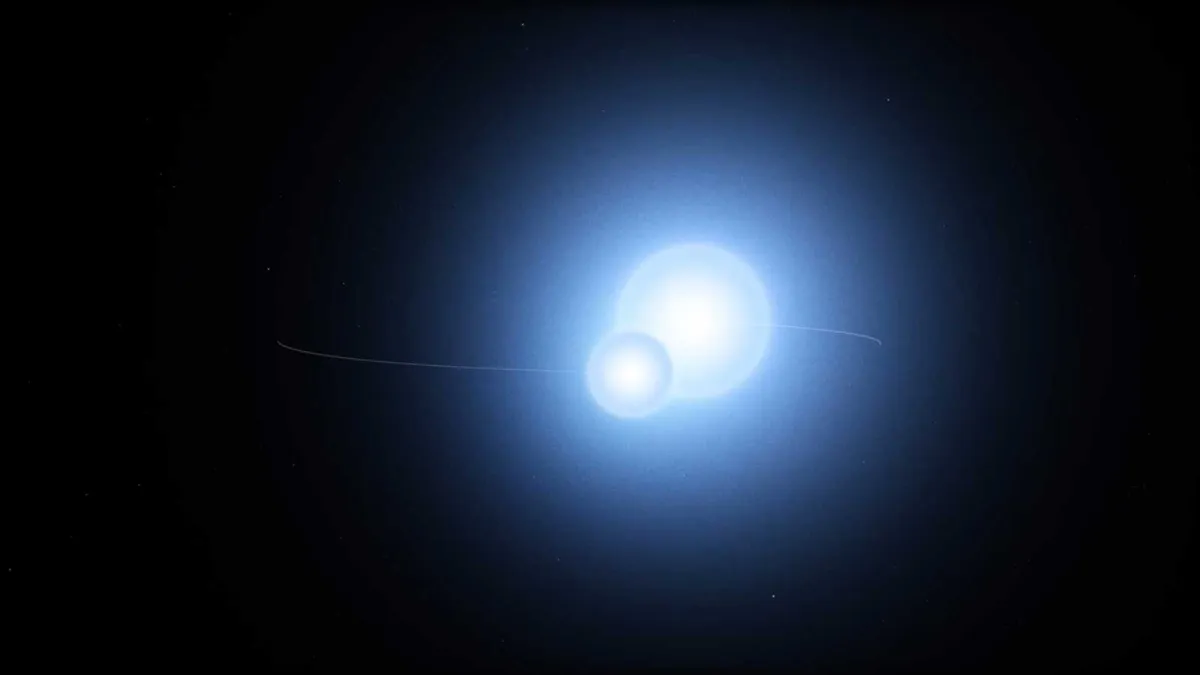It seems incredible that astronomers can measure the size and mass of stars that are lightyears away, but the theory behind it has been around for centuries, since the work of Johannes Kepler.
Ultimately, in order to measure the size and mass of a star, you need 2 stars.
Kepler’s work related the masses and velocities of orbiting objects to their orbital periods and separations.
While this is usually associated with Solar System bodies, we can apply the same laws to other objects in orbit around each other, such as binary stars.
How do astronomers measure distances in space?

Binary stars orbit around a common centre of mass, and a mathematical equation allows us to relate their masses and distances from that point.
Basically, the mass of star one, multiplied by its separation from the centre of mass, is equal to the mass of star two multiplied by its separation from the centre of mass.
Now we need to use Kepler’s third law, which states that the sum of both masses (in Solar masses) is equal to the separation (in astronomical units) cubed, divided by the period (in years) squared.
Combining these two relations means that we can determine the respective masses of each star.

The accurate measurement of stellar diameters needed for these relations requires observations of eclipsing binary systems, where one star eclipses its companion, and is in turn also eclipsed.
By timing the duration of these eclipses, and knowing their orbital velocities, their diameters can be estimated.
The Holy Grail for determining stellar mass and diameter is two stars so close together they look like one through a telescope, known as the double-lined spectroscopic eclipsing binary.
These systems allow detailed observations of all the parameters needed for the equations.
